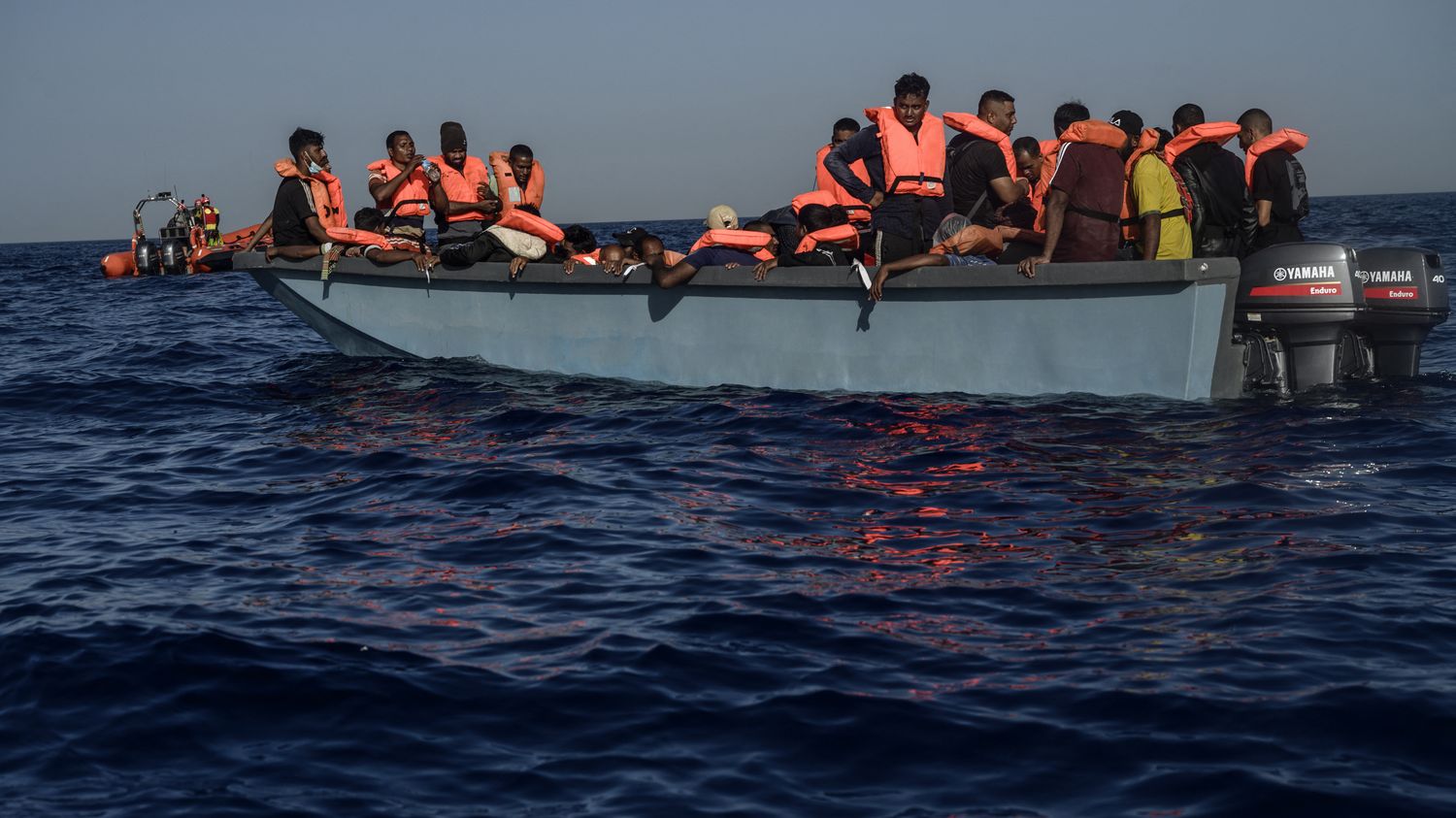The regulation under discussion is intended to organize a European response in the event of a massive influx of exiles into an EU country.
An imminent decision on the reform of the European migration system. Brussels announced on Thursday September 28 that it expected an agreement “in the coming days” between member states on a key text of this reform, which obtained a green light from Berlin but aroused Italian objections.
The regulation under discussion is intended to organize a European response in the event of a massive influx of exiles into an EU country, such as during the refugee crisis of 2015-2016. Germany, which until then refused to endorse the text, finally joined the compromise on the table on Thursday.
Spanish Interior Minister Fernando Grande-Marlaska, whose country holds the rotating presidency of the Council of the EU, affirmed that the compromise text now brings together the necessary majority within member states. He assured, just like the European Commissioner for Home Affairs Ylva Johansson, that an agreement would be formalized “in the coming days” on this latest text of the EU asylum and migration pact. It will then have to be the subject of negotiations with the European Parliament.
Some Italian reservations
The compromise, however, sparked objections from Italy. Rome “requested time to examine the content of this proposal in more detail, including from a legal point of view”, declared the head of Italian diplomacy Antonio Tajani in Berlin. According to the Italian press, these reluctances are linked to concessions made to Germany, in particular on the protection of NGOs rescuing exiles at sea.
The text provides, in the event of an influx “massive” And “exceptional” of migrants, the establishment of an exceptional regime less protective for asylum seekers than the usual procedures. It extends the possible duration of detention of a migrant at the EU’s external borders – up to 40 weeks – and allows faster and simplified asylum application examination procedures for a larger number of exiles. , so that you can return them more easily. The asylum seekers concerned are those coming from countries whose recognition rate, that is to say the positive response rate to asylum requests, is less than 75%.
It also provides for a rapid triggering of solidarity mechanisms towards the Member State faced with this influx, in particular in the form of relocation of asylum seekers or a financial contribution.
